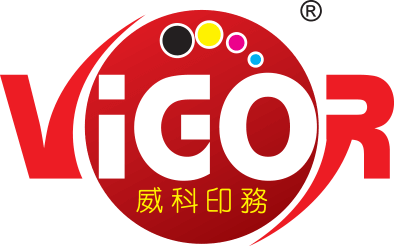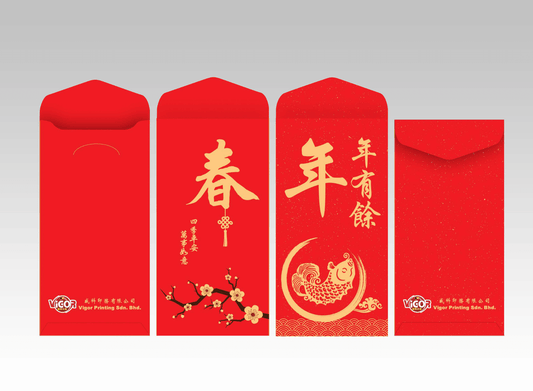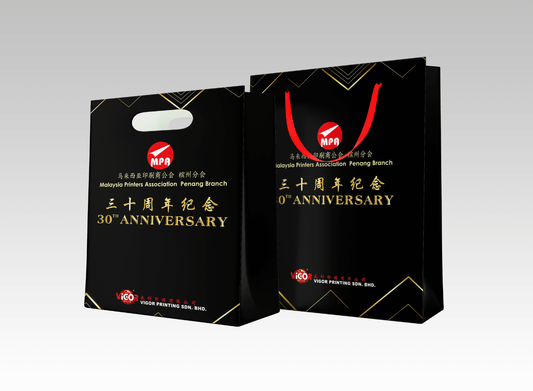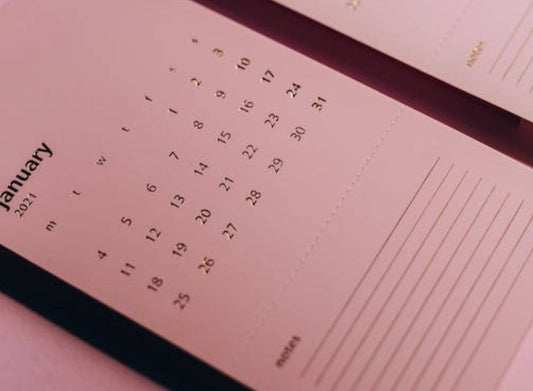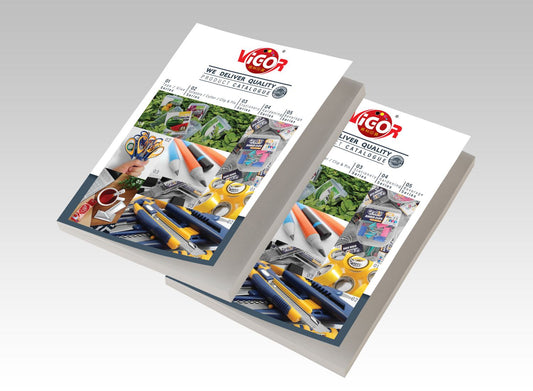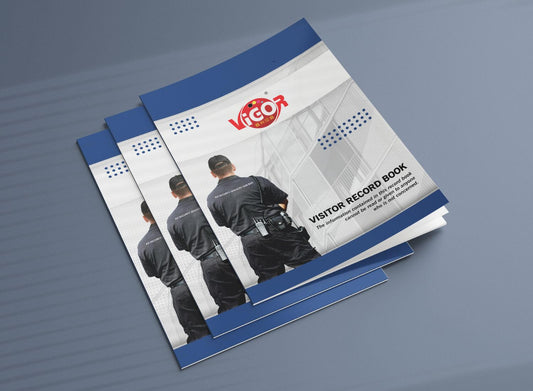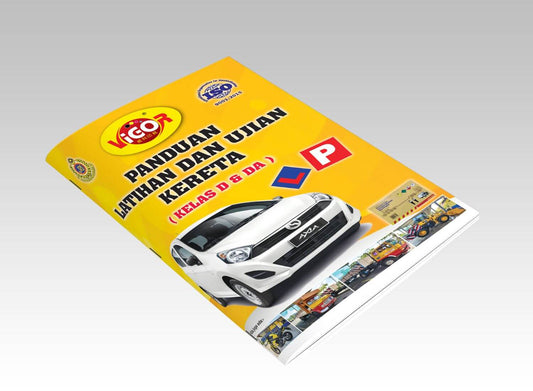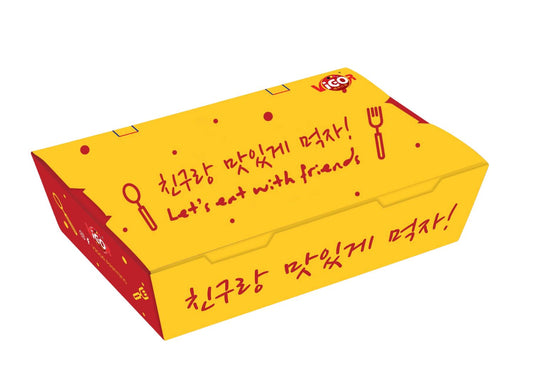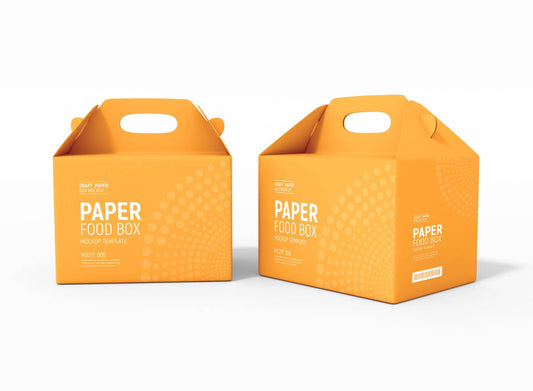Perfect Binding: A Closer Look at Modern Bookbinding
Our Printing Services
We're providing offset & digital printing services for all types of paper products including books, bags, boxes, or food packaging.
-
Angpao Printing
Regular price RM0.00 MYRRegular priceUnit price per -
Paper Bag Printing
Regular price RM0.00 MYRRegular priceUnit price per -
Calendar Printing
Regular price RM0.00 MYRRegular priceUnit price per -
Chinese Calendar Printing
Regular price RM0.00 MYRRegular priceUnit price per -
Doughnut Packaging Printing
Regular price RM0.00 MYRRegular priceUnit price per -
Pizza Box Printing
Regular price RM0.00 MYRRegular priceUnit price per -
Perfect Binding Book Printing
Regular price RM0.00 MYRRegular priceUnit price per -
Softcover Book Printing
Regular price RM0.00 MYRRegular priceUnit price per -
Stapled Booklet Printing
Regular price RM0.00 MYRRegular priceUnit price per -
Lunch Box Printing
Regular price RM0.00 MYRRegular priceUnit price per -
Paper Food Box Printing
Regular price RM0.00 MYRRegular priceUnit price per -
Novel Book Printing
Regular price RM0.00 MYRRegular priceUnit price per
